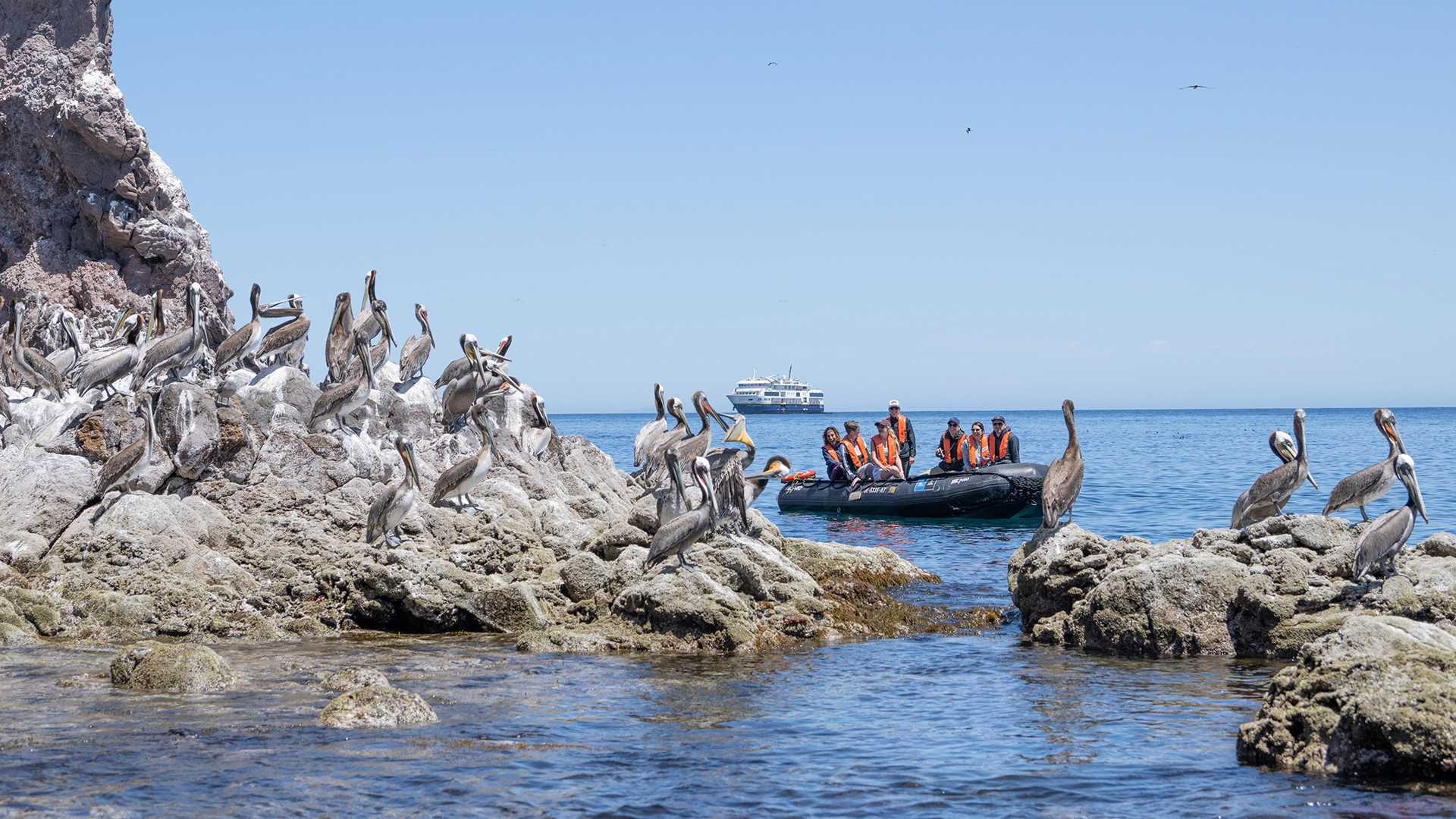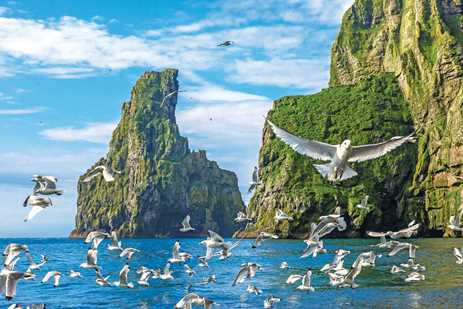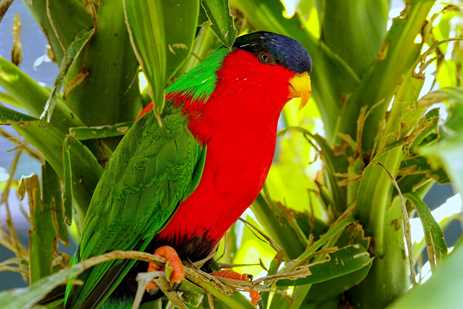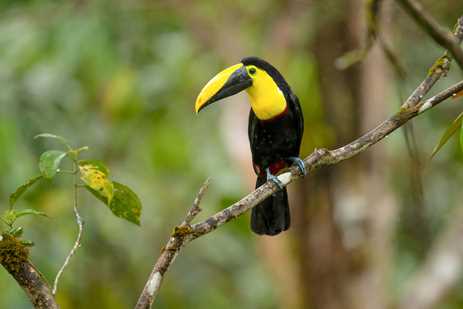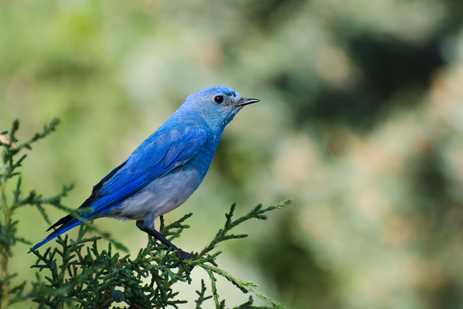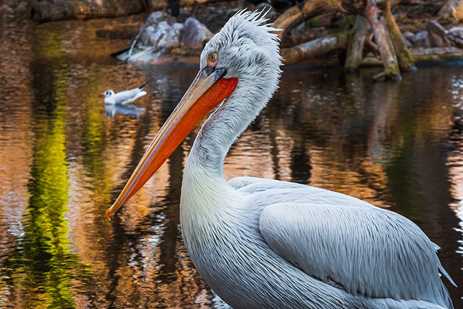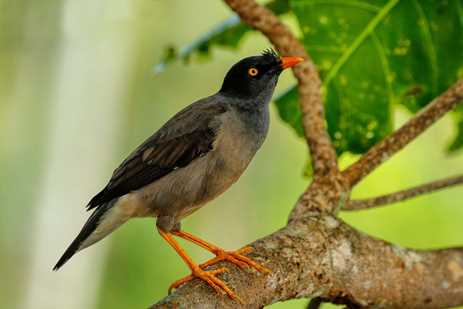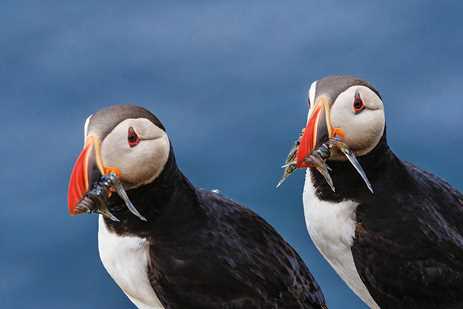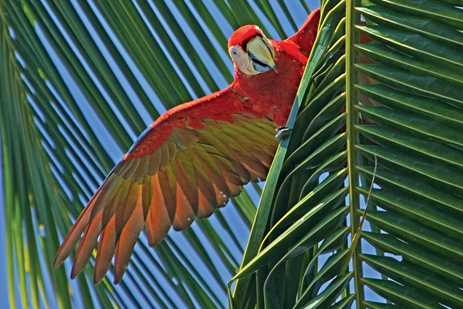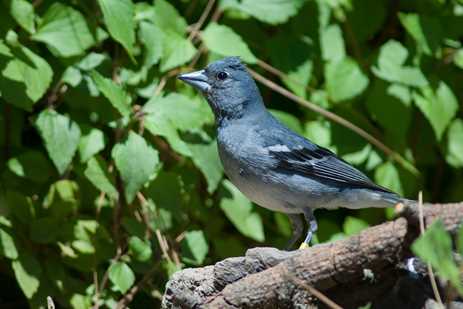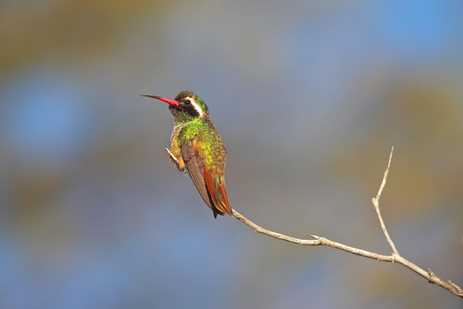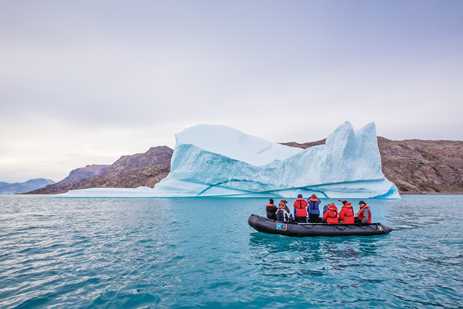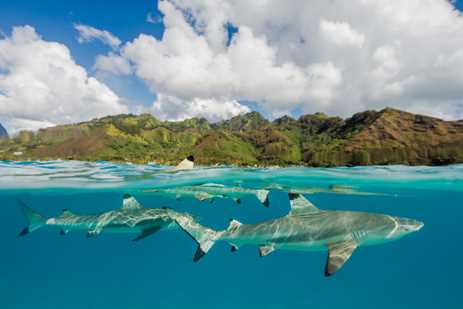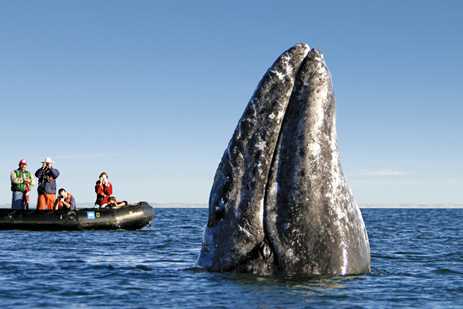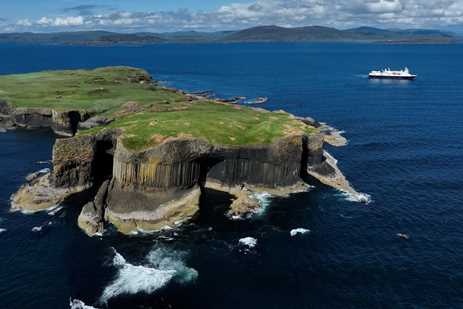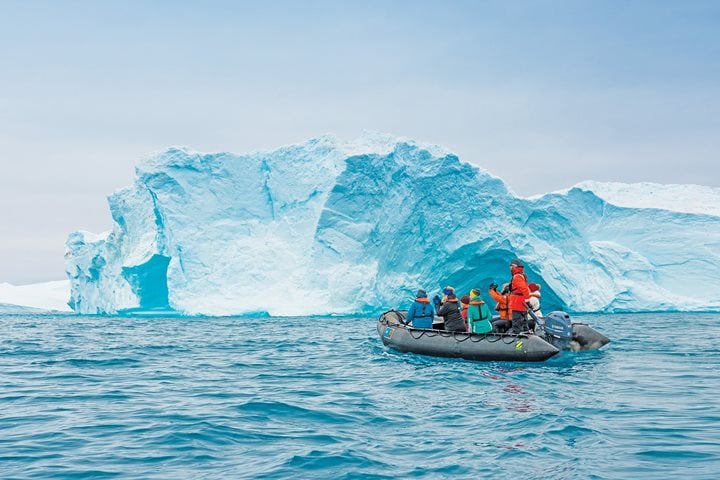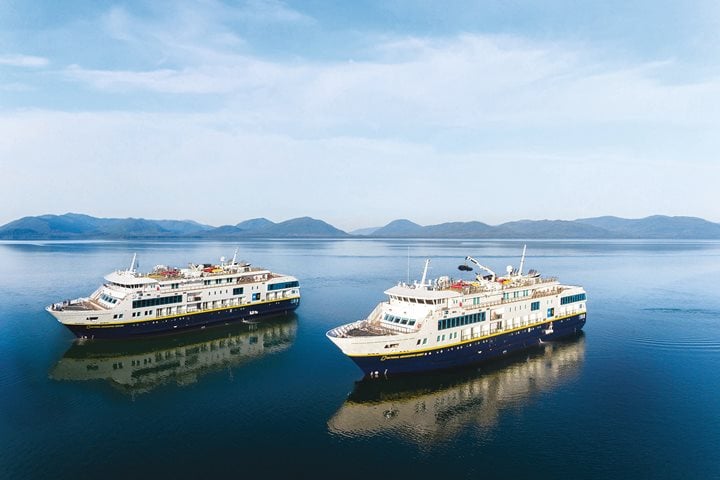While you can spot birdlife on most voyages with National Geographic-Lindblad Expeditions, there are certain destinations that stop even the most serious birder in their tracks. The exceptional places that made this list offer incredible opportunities to walk among jaw-dropping colonies of birds or to spot a single, rare species found nowhere else in the world. Zodiac around Norway's Bear Island, where one million seabirds engulf the sky; step into the Ecuadorian Chocó, which teems with more than 400 species; or search for the vibrant orange fruit dove on Fiji's lush Taveuni Island.
In the company of your expert guides, you’ll encounter and photograph exceptional birdlife. Even guests who don't consider themselves twitchers will be awed by the avian fireworks they'll spot in the sky and on the shore.
Get Inspired by Photos, Videos, Webinars, Stories, and Exclusive Offers.
Sign Up
Nov 2025
Watch

